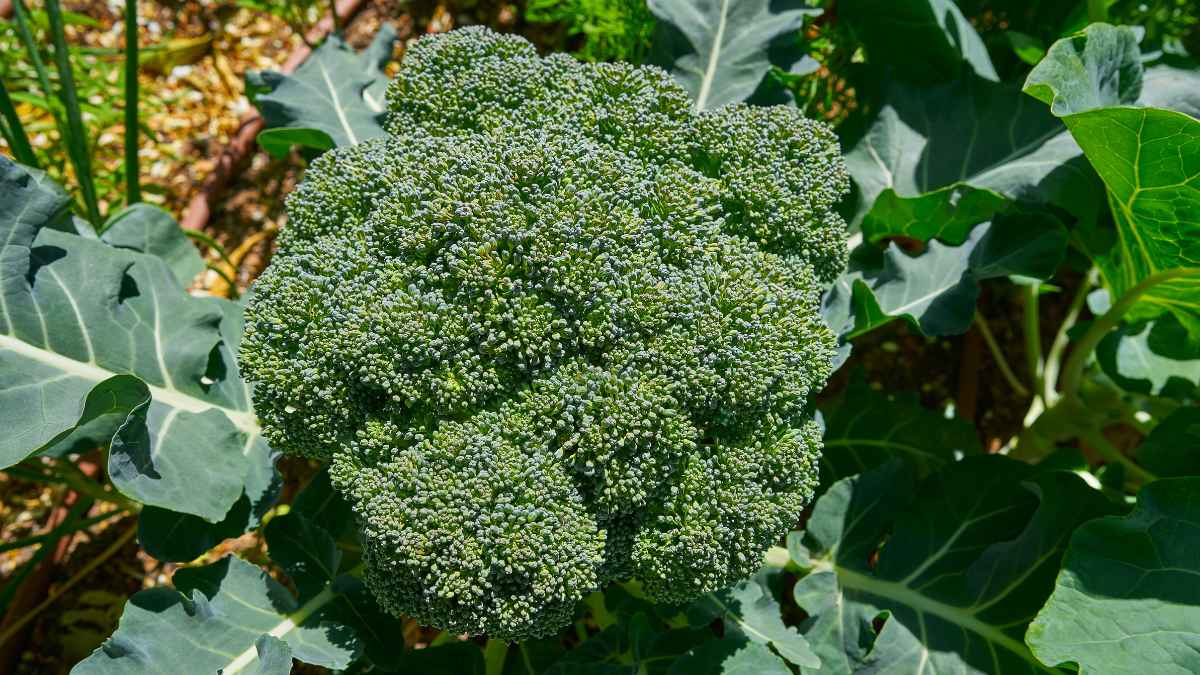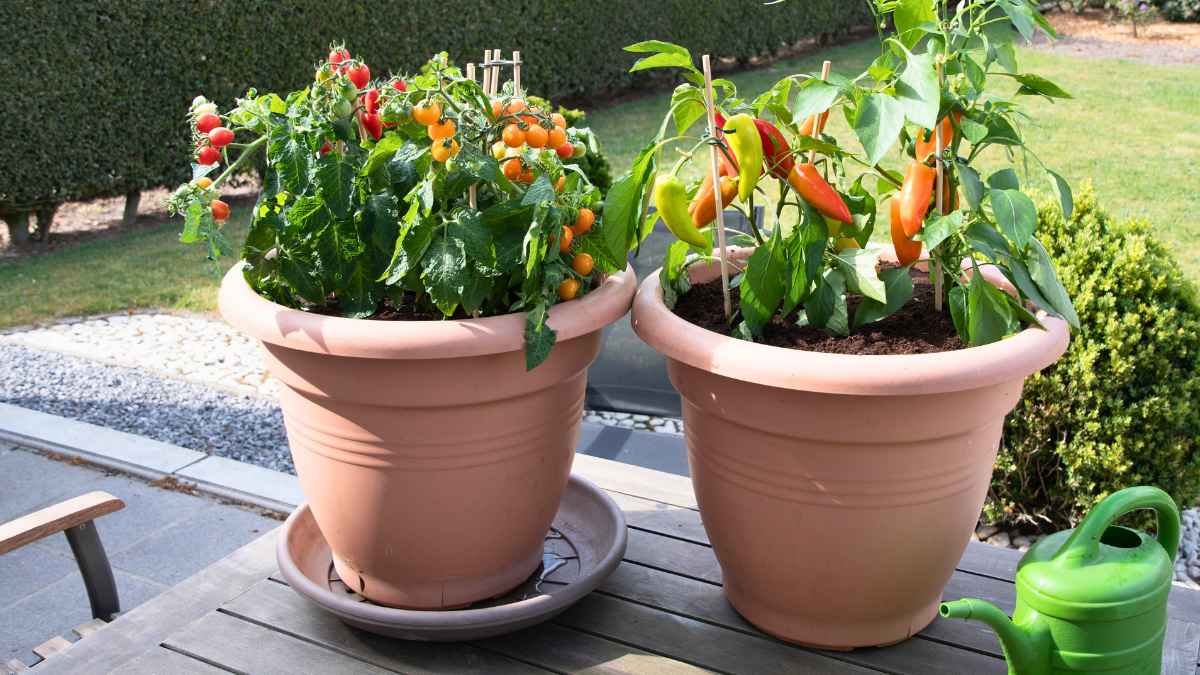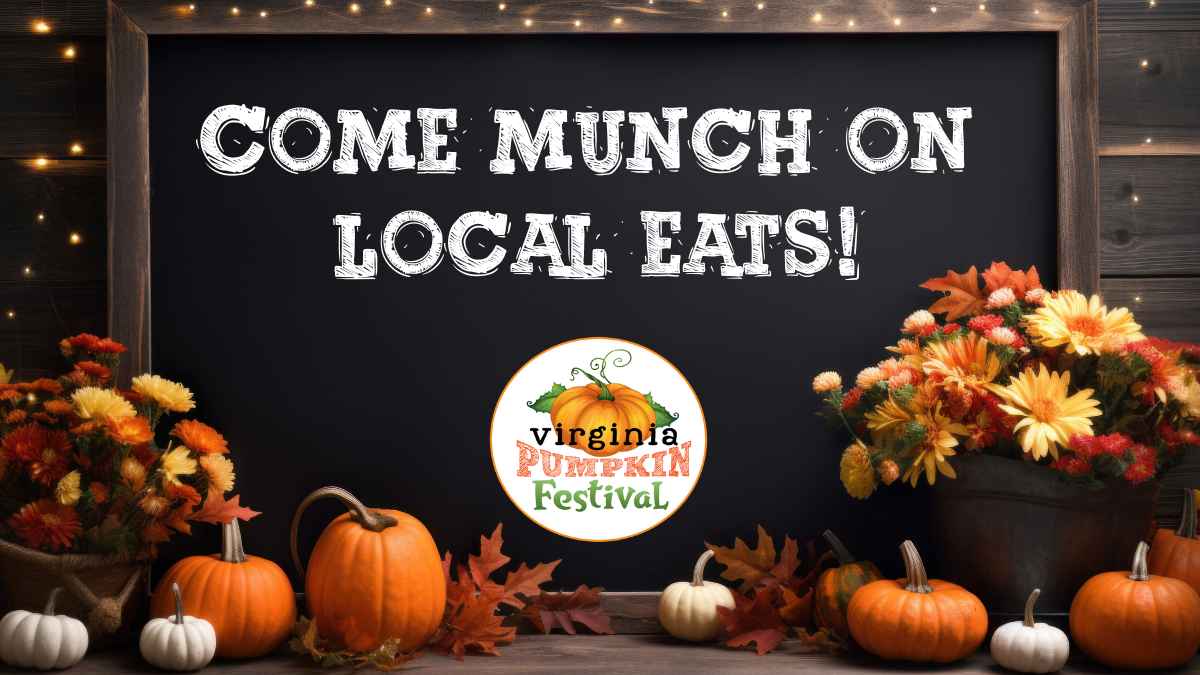
Broccoli is a beloved vegetable that graces dinner tables worldwide. It may seem like a challenging crop to grow, but cultivating broccoli in your garden can be a rewarding experience with the proper knowledge and care.
Broccoli comes in various shapes, sizes, and colors, so choosing a suitable variety for your garden is crucial. We carry Green Magic, Durapak, Destiny varieties here at the greenhouse. Consider your climate, available space, and taste preferences when selecting a variety.
Broccoli thrives in cool weather, making it an excellent choice for spring and fall gardens. It prefers full sun but can tolerate partial shade, especially in hotter regions. Ensure your soil is well-drained, fertile, and rich in organic matter. Aim for a soil pH between 6.0 and 7.0 for optimal growth.
Depending on your preference and growing season, broccoli can be grown from seeds or seedlings. Start seeds indoors 6-8 weeks before the last expected frost date, or sow them directly into the garden bed once the soil is workable. Space broccoli plants 18-24 inches apart to allow for proper airflow and growth.
Broccoli requires consistent moisture to thrive, so water regularly, especially during dry periods. Avoid overhead watering to prevent the development of fungal diseases. Mulch around the base of the plants to retain soil moisture and suppress weeds.
Fertilize broccoli plants with a balanced fertilizer high in nitrogen to promote healthy foliage growth. Monitor your plants for pests such as cabbage worms, aphids, and flea beetles. Handpick any pests or use organic insecticidal soap to keep them under control.
Knowing when to harvest broccoli is crucial for optimal flavor and texture. Harvest broccoli heads when they are firm, dark green, and tightly packed, typically 60-90 days after planting. Use a sharp knife to cut the main head just below the florets, leaving the plant intact to produce side shoots for later harvests.
Once harvested, broccoli can be enjoyed in a variety of delicious dishes. Steam or roast broccoli florets as a simple side dish, add them to stir-fries, soups, or salads, or incorporate them into casseroles and pasta dishes. Broccoli is delicious and packed with vitamins, minerals, and antioxidants, making it a nutritious addition to any meal.
Visit our blog for more tasty recipes and gardening tidbits!








